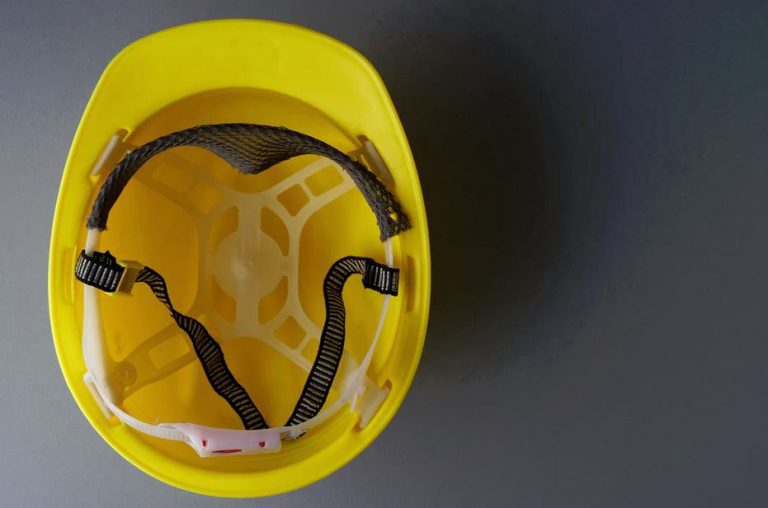The construction industry remains safer than it has been before, yet serious problems remain. A report by Unite found that construction site deaths have jumped by 25% over the past year, coinciding with a reduction in proactive construction inspections. This shows that the average construction site is not as safe and secure as perhaps it appears; for contractors, it has never been more important to build an understanding of their rights and create a personal safety strategy. Understanding your rights Union or non-union, construction workers have the same set of immutable rights when it comes to their workplace safety. Workers and employers have to meet the same rules and regulations set out by the Construction (Design and Management) Regulations 2015, as the HSE asserts. These regulations have now seen prison sentences handed out for negligent employers. As an employee, being aware of these regulations and your rights are important. Knowing when to look for recourse to justice through legal means, such as a scaffold accident lawyer or solicitor assisting with personal injury from machinery, is key. Taking mitigation There are gaps in legislation, however. Lawyers at Dentons have found holes in legislative coverage on what could be very standard safety concerns; as such, the law cannot always be relied on to entirely and effectively protect health and safety on building sites. Having your own supply of PPE and other tools designed to assist your health and safety is a good idea in order to protect yourself and those around you, and should form a central part in your overall safety strategy. Challenging employers Perhaps the toughest part of understanding your personal responsibility as a contractor is your ability to challenge an employer. If you see manifestly unsafe practices at a building site or in the planning processes for a site, you have a right to challenge this. Indeed, as HM Government has noted, safety practices have evolved in a number of ways over the past year. It is the right and the role of workers to ensure that safety needs are being met. Health and safety is something that is protected by legislation and lawmaking. However, there are always unfortunate gaps in coverage that contractors must address for their own well-being. At a time of rapidly evolving health and safety considerations and an uncertain industry, this is a crucial part of any preparedness made for work.





